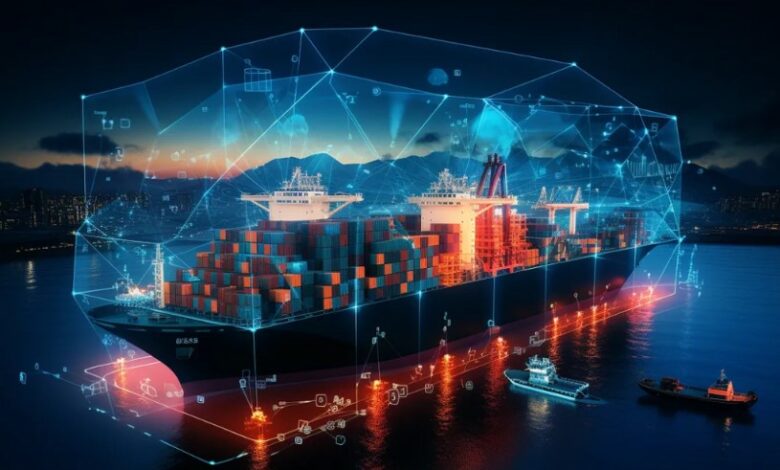DP World and its partner, Asian Terminals Inc. (ATI), have introduced a fleet of 15 electric internal transfer vehicles (eITVs) at Manila South Harbour — the first of its kind in the Philippines.
The deployment also includes rapid-charging infrastructure to support the vehicles.
The eITVs are designed to transport containers between ships and the container yard, improving vessel turnaround times and terminal efficiency.
The initiative forms part of the terminal’s broader shift toward low-emission operations, with a target of full decarbonisation of its landside fleet by 2030.
The ₱120 million ($2.1 million) investment supports DP World’s global target to cut carbon emissions by 42 per cent by 2030 and achieve net-zero by 2050.
It also aligns with the Philippine government’s agenda to modernise port operations through greener technologies, led by the Philippine Ports Authority (PPA).
The new vehicles, manufactured by Sany Heavy Industry Co., Ltd, feature high-capacity batteries and electric drivetrains.
DP World and ATI conducted a year-long safety evaluation to ensure local suitability before deploying the eITVs.
Plans are underway to expand the use of electric equipment at the terminal, including rubber-tyred gantry cranes (RTGs), side loaders, and forklifts.
Earlier this year, DP World also commissioned two new fully electric ship-to-shore (STS) cranes, bringing the port’s total to 11.
Currently, about 95 per cent of Manila South Harbour’s energy comes from renewable sources, with full conversion expected soon.
PPA General Manager Jay Daniel Santiago welcomed the move, highlighting the role of private sector investment in driving the port sector’s transition to cleaner technologies.
He added: “This initiative helps set the pace for greening the logistics sector, beginning with our major international gateways.”
Recently, DP World announced a strategic partnership with Tesco to develop a distribution centre at its London Gateway logistics hub.





